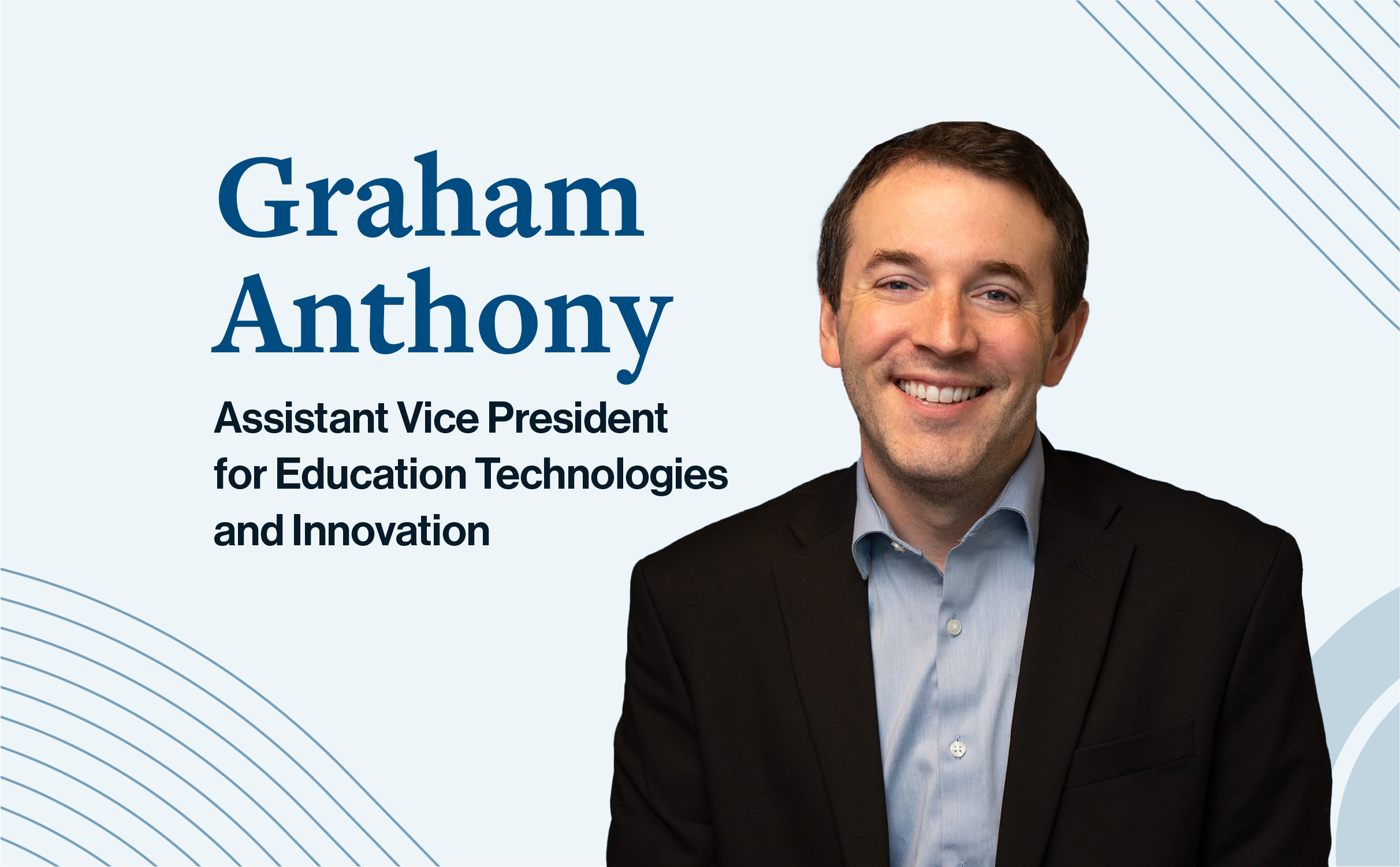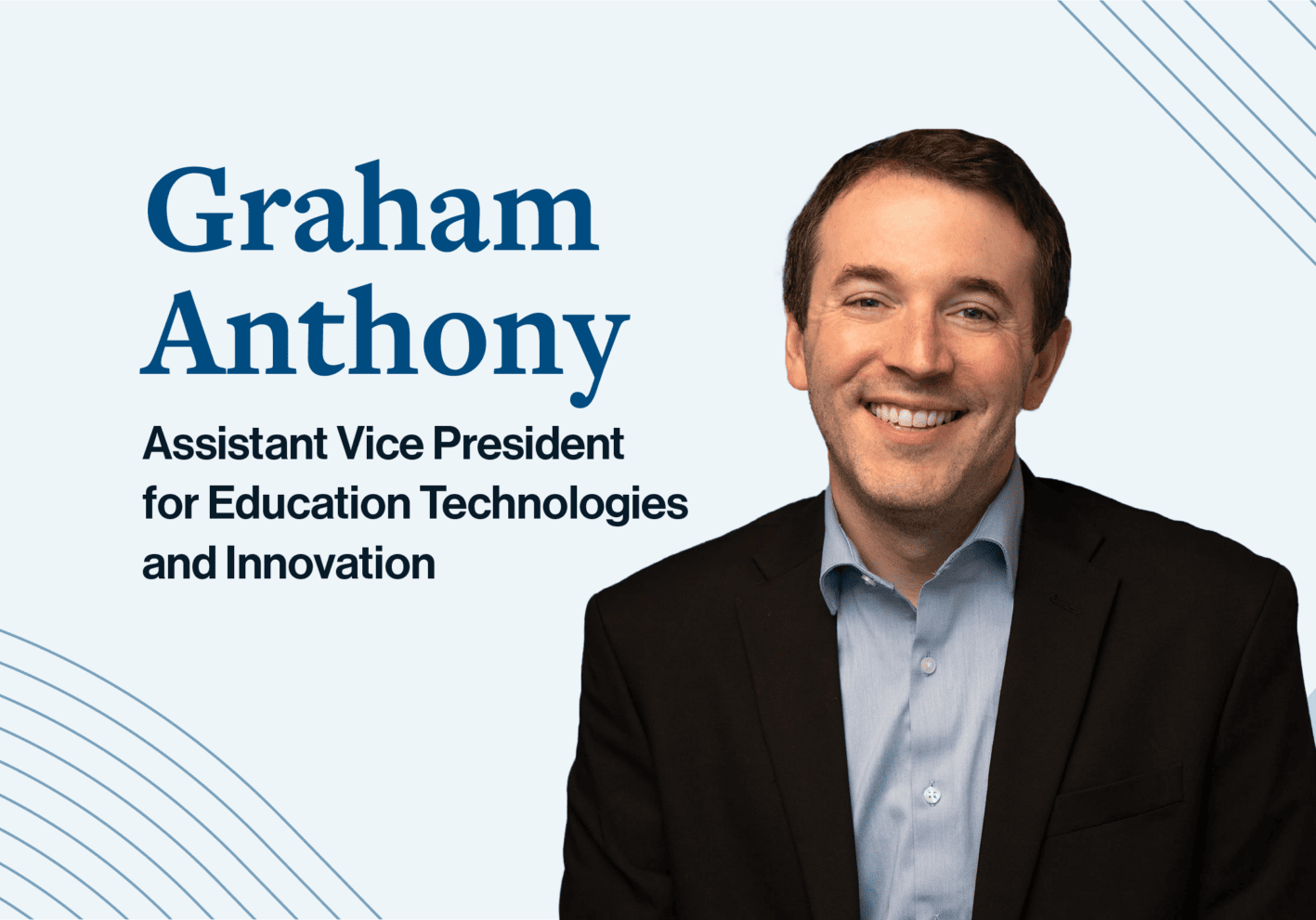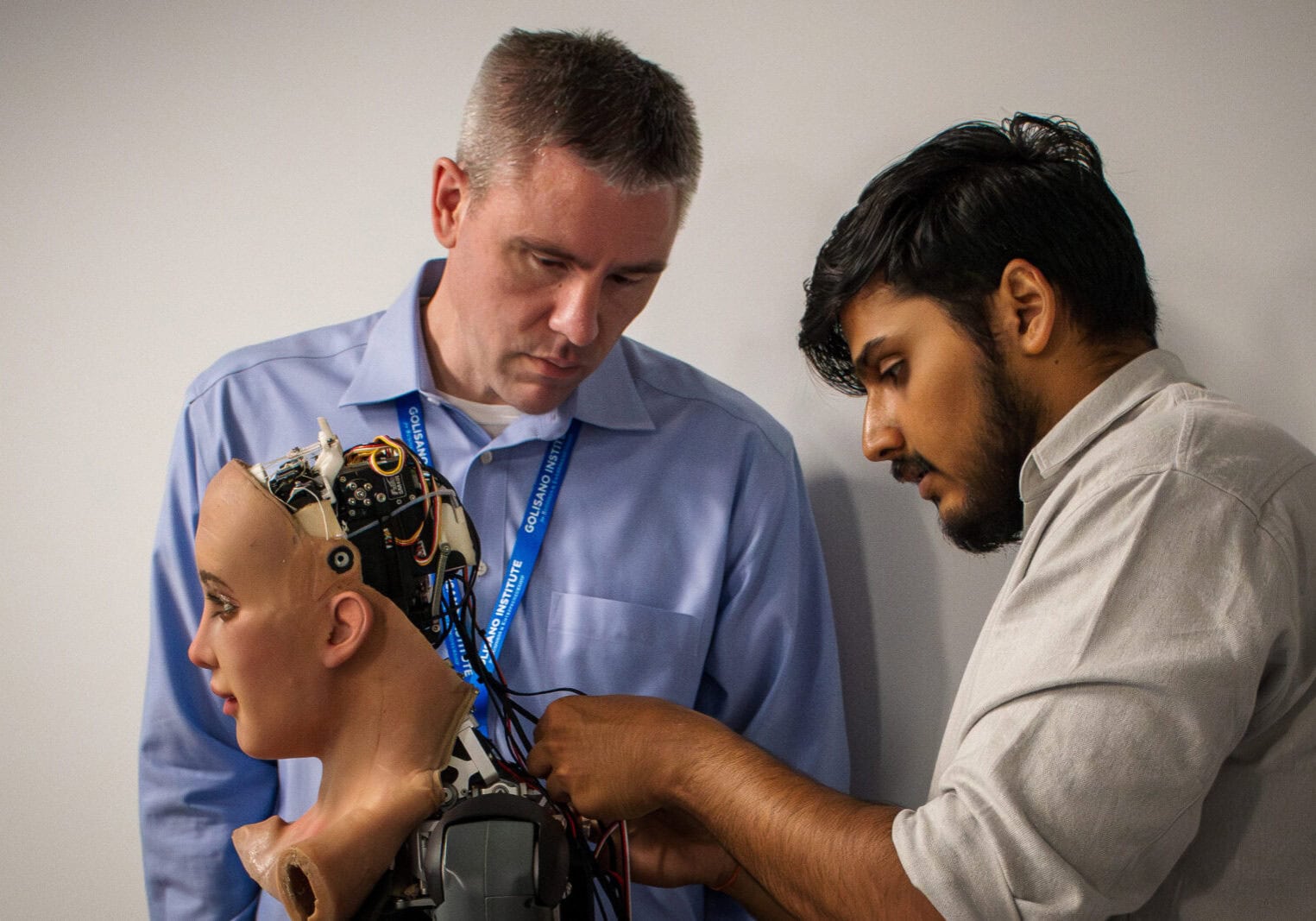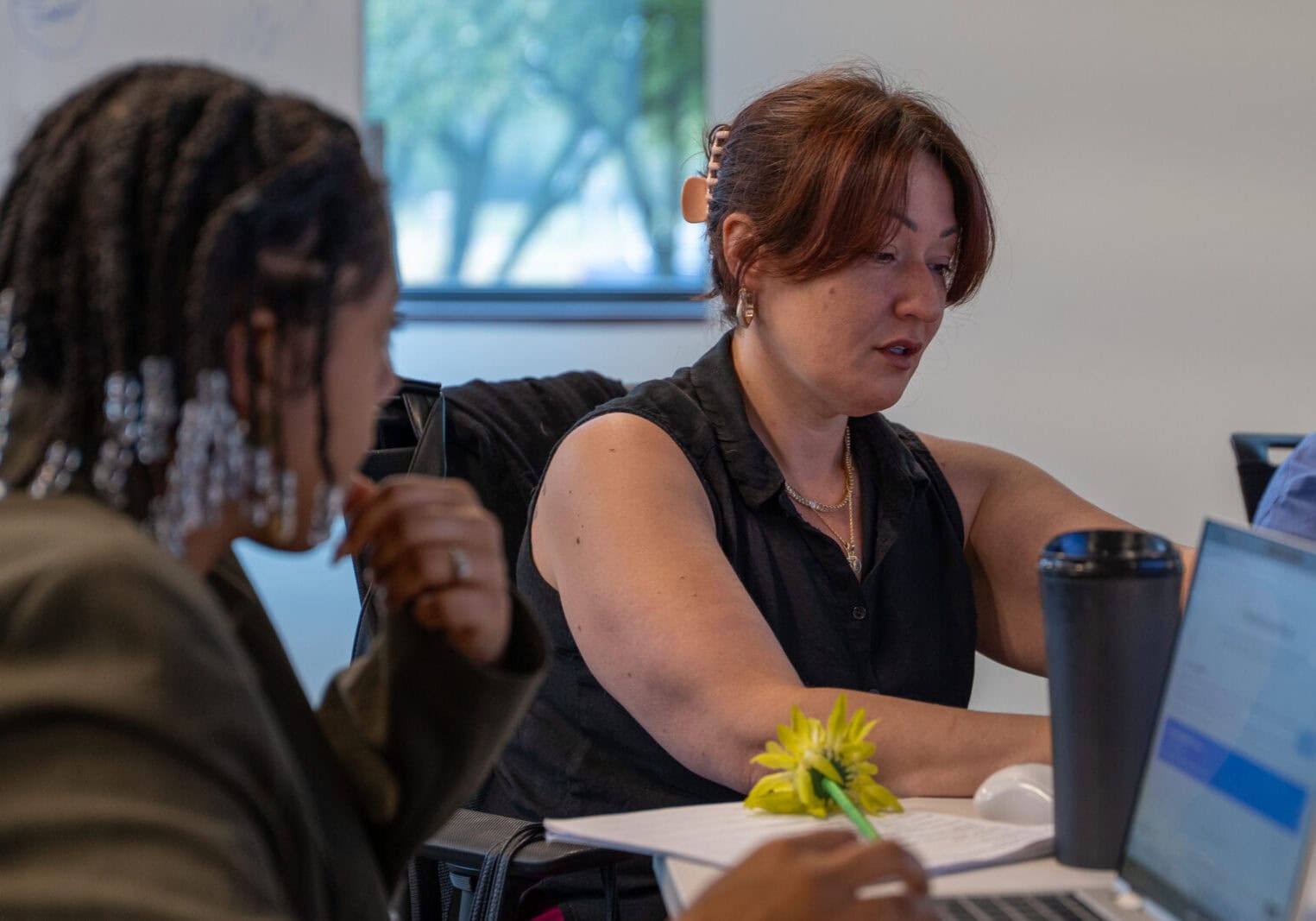1. What can a student expect from taking a course with you? What is it like from your perspective to be in the classroom with you?
I personally strive to be a person who doesn’t take himself too seriously but does serious things, so I like to create a relaxed environment in the classroom. I find that people don’t learn well under a ton of stress. I think that there’s a calm intensity. Students are focused, and I try to make sure they feel comfortable speaking their minds and asking questions. The classroom is active, and you’re going to be constantly busy
2. How do you approach teaching Business Technology to incoming students who may be new to programming?
The business technology course is a great introductory course for incoming students. It’s often their first class here, and as we delve deeper into the technology stack of courses, particularly with business analytics, I enjoy seeing the students’ understanding grow over time. Many come in believing they can’t program, but I tend to disagree. Everyone can learn to program. Students who have tried before might think they’re bad at it simply because they weren’t taught effectively.
The feedback on the class has been positive, and it’s great to see students developing an interest in the subject. While my goal is not necessarily to make everyone a coder, I do want to build a strong foundation in analytics within our Institute. I think we’re making good progress.
3. What role does technical fluency play in preparing business students for real-world business challenges, especially when they may need to communicate with tech professionals?
We want students to understand the subject from a wider lens so they can talk to coders or programmers. We’re achieving that by having them write their own code. So, when they leave here, they will be able to program. However, I have no illusions that many of them will pursue a career in coding, although I hope some will. A couple of students here already want to create apps, and being fluent, having honest conversations, and understanding when something will or won’t work and why it will or won’t work is so important. On the other hand, the person who starts a company will still have to interact with the tech side of the world today. At a basic level, you need an email address. You need a website. You need all these things, and some of that stuff is very easy to set up, and some of it can be intimidating and confusing, so I think technical fluency that’s more than surface-deep gives students a significant advantage.
4. What inspired the new AI Innovation Hub on campus, and how do you see it enhancing the student and community experiences?
The student and community experiences are so important to me and the Institute. At a traditional university, you might find a programmer or computer science major down the hall who could build your dream web app. But as a business-focused institute, that kind of resource wasn’t inherently available. So, we needed to create a space where students could bring their technical questions, explore how things like artificial intelligence can support their work, and collaborate on solutions. We’re already seeing students with tech-forward ideas benefiting from this. We wanted a comfortable environment for them to upskill in the latest and greatest technology and then pay it forward by helping others. The Hub provides those resources.
5. How do you think AI will impact the future of business, and how are you preparing Golisano students for those changes?
A lot of it comes down to mindset. We can approach AI with fear or view it as an opportunity for abundance—a concept known as techno-optimism. I lean toward this optimistic view, though I understand not everyone will. However, I find it’s important for students to see both sides of the discussion. For example, students recently worked through an exercise using the concept of fruit-picking drones. The immediate concern might be that these drones could take jobs from human workers. But on the flip side, if they only pick ripe fruit, they reduce food waste, among a myriad of other benefits. While the fear of job loss is tangible and easy to grasp, the positive outcomes of technology are often less concrete and more challenging to quantify. Yet, historically, technological advances have driven economic growth. By exploring specific technologies and their potential futures, we aim to help our students see AI as an opportunity rather than a net loss to society. That said, I acknowledge that not everyone will share this view, and we welcome students to discuss all perspectives.



